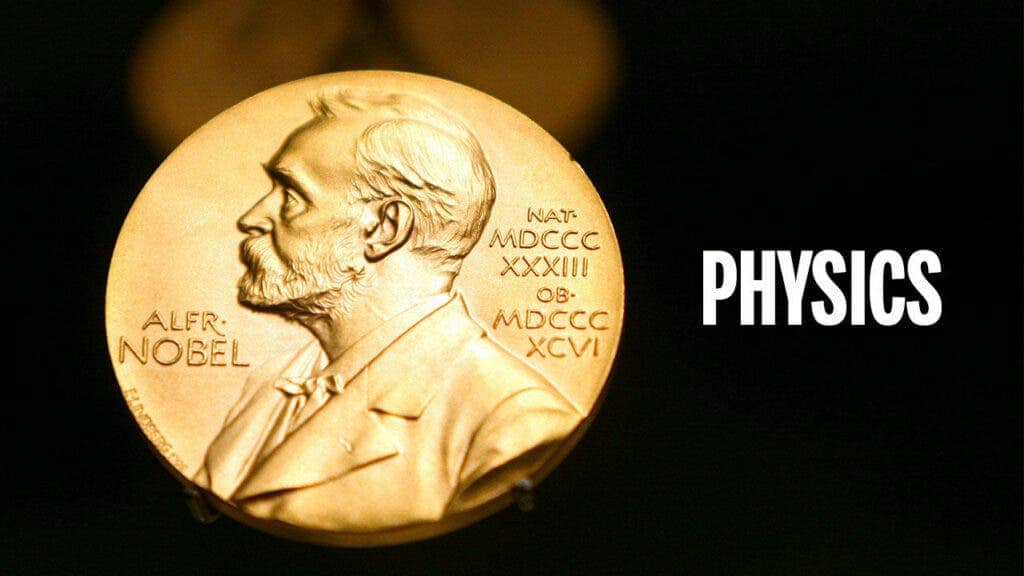Three Laureates will share this year’s Nobel Prize in Physics for their work on black holes. Roger Penrose takes 50% of the prize for his work on showing that black holes are a direct consequence of general relativity. Meanwhile, Reinhard Genzel and Andrea Ghez shared the other 50% of the prize for discovering that an invisible and extremely massive object governs the stars’ orbits at the center of our galaxy — a black hole.

It’s crazy how much Albert Einstein predicted. He was so on point that he himself couldn’t believe it. Einstein didn’t really think that black holes could actually exist — he thought they were some kind of aberration or a mathematical glitch, a boundary where all that we know breaks down.
It was Penrose’s work that demonstrated that black holes not only exist, but also showed how they form and evolve. Tackling the general theory of relativity with innovative mathematical tools, Penrose produced a ground-breaking article in January 1965, widely regarded as the most important contribution to general relativity since the time of Einstein. That’s far from his only work, too.
Penrose went on to produce groundbreaking work for decades, including a 2010 theory of an earlier universe existing before the Big Bang of our own present universe.
Penrose’s contributions are so great that it’s a shame it took so long to recognize them. This delay in the recognition is all the more regrettable since Stephen Hawking would have almost certainly been honored as well, as he and Penrose were long-time collaborators and friends.
Penrose’s work paved the way for our understanding of black holes to grow, and with it, the process that governs the development and evolution of our universe. Peering into a black hole is not possible within the laws of physics, because not even light can escape one. Penrose and Hawking were able to prove that a black hole always hides a singularity — a boundary where time and space end. The density of a black hole is infinite.
More black holes, more!
Meanwhile, Reinhard Genzel and Andrea Ghez each started projects to look at the heart of the Milky Way and see what was going on. Along with their colleagues, they developed and refined their techniques, not only using but also building instruments that helped us understand what was going on in the Milky Way. For almost thirty years, their rival groups followed the central stars of our galaxy, analyzing and studying them in unprecedented depths.
It was the advent of optics that helped their quest, but it was their drive and their work that uncovered the secrets at the center of the Milky Way (and, many astrophysicists believe, at all galaxies): a supermassive blackhole.
While Penrose built the theoretical foundations, Ghez and Genzel produced the observational data to back it up — and with objects as ludicrous as black holes, you need all the data you can get.
We still can’t see the black hole at the center of the galaxy just yet, but using the orbits of stars, Genzel and Ghez produced the most convincing evidence of an invisible supermassive object there — and a black hole is the only possible thing we know of.
For Ghez, the moment was even more special since she became only the 4th woman out of over 200 physics laureates. However, that trend might be changing. Prior to 2018, there had been only two female laureates (Marie Curie and Maria Goeppert-Mayer), but with Donna Strickland in 2018 and Andrea Ghez, women in physics might finally be starting to get the recognition they deserve.
“I hope I can inspire other young women into the field. It’s a field that has so many pleasures, and if you are passionate about the science, there’s so much that can be done.”- Newly awarded Physics Laureate Andrea Ghez speaking at today’s press conference where her Nobel Prize was announced.
Was this helpful?



